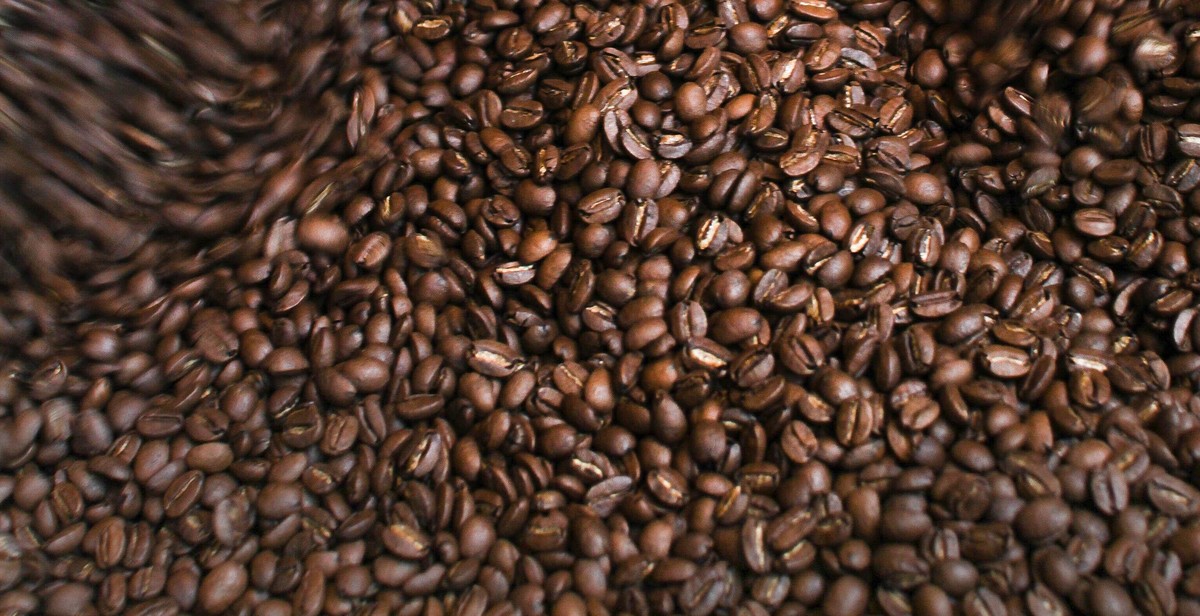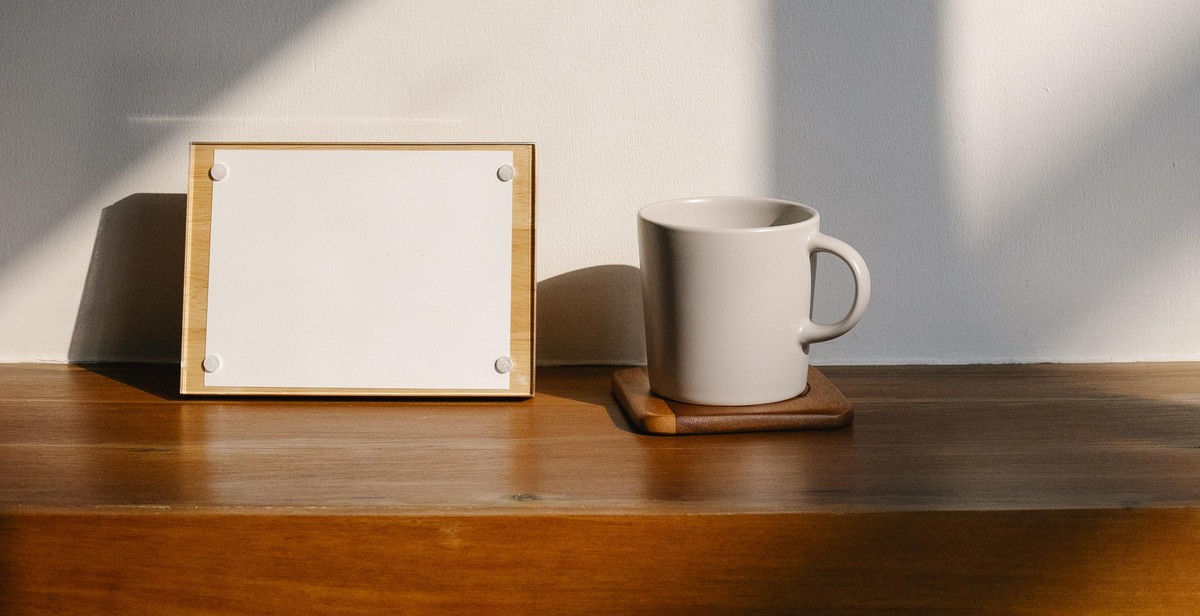How to Brew the Perfect Cup of Ethiopian Coffee
If you’re a coffee lover, you’ve probably heard of Ethiopian coffee. Known for its unique flavor and aroma, Ethiopian coffee is one of the most sought-after varieties in the world. Whether you’re a coffee connoisseur or just looking to enjoy a great cup of coffee, brewing the perfect cup of Ethiopian coffee can be a bit of a challenge.
In this article, we’ll guide you through the process of brewing the perfect cup of Ethiopian coffee. From selecting the right beans to grinding and brewing, we’ll cover everything you need to know to brew a delicious cup of coffee that’s sure to impress.
Why Ethiopian Coffee is Unique
Ethiopian coffee is unique for several reasons. Firstly, Ethiopia is widely considered to be the birthplace of coffee, and the country has a long and rich history of coffee cultivation and production. Secondly, Ethiopian coffee is grown at high altitudes, which gives it a unique flavor profile. Finally, Ethiopian coffee is typically processed using the “natural” method, which involves drying the coffee cherries in the sun before removing the beans from the fruit.
Selecting the Right Beans
The first step in brewing the perfect cup of Ethiopian coffee is selecting the right beans. Look for beans that are freshly roasted and have a strong, distinct aroma. Ethiopian coffee beans are typically classified by their region, so look for beans from the region that you prefer.
- Sidamo: Known for its bright acidity and fruity flavor
- Yirgacheffe: Known for its floral aroma and medium body
- Harrar: Known for its bold, rich flavor and heavy body
Grinding and Brewing
Once you’ve selected your beans, it’s time to grind and brew. For the best results, grind your beans immediately before brewing. Use a burr grinder to ensure a consistent grind size, and adjust the grind based on your brewing method.
When brewing Ethiopian coffee, it’s important to use a method that brings out the unique flavor profile of the beans. We recommend using a French press or pour-over method, which allow the flavors and aromas to fully develop.
Follow these tips and you’ll be well on your way to brewing the perfect cup of Ethiopian coffee!

History of Ethiopian Coffee
Ethiopia is known as the birthplace of coffee, and the country’s coffee culture dates back centuries. The legend of Kaldi, a goat herder, is often cited as the origin story of coffee. According to the legend, Kaldi noticed that his goats became particularly energetic after consuming the berries of a certain plant. He tried the berries himself and found that they had a similar effect on him.
This plant was later identified as Coffea arabica, the most widely grown species of coffee. The discovery of the energizing effects of coffee berries spread quickly throughout Ethiopia and eventually reached the Arabian Peninsula, where coffee cultivation began to spread rapidly.
Spread of Coffee Cultivation in Ethiopia
Coffee cultivation in Ethiopia began in the 9th century and quickly became an integral part of the country’s economy and culture. By the 16th century, coffee had become a major export, and Ethiopian coffee was highly sought after throughout the world.
The traditional method of preparing coffee in Ethiopia involves roasting the beans over an open flame, grinding them with a mortar and pestle, and brewing the coffee in a clay pot called a jebena. This method, known as the Ethiopian coffee ceremony, is often a social event that can last for hours.
Today, Ethiopia remains one of the world’s top coffee producers, known for its high-quality, specialty coffee. The country’s unique coffee varieties, which are grown in different regions and have distinct flavor profiles, are highly prized by coffee connoisseurs.
| Ethiopian Coffee Facts |
|---|
| Ethiopia is the 5th largest coffee producer in the world. |
| Ethiopian coffee is known for its floral and citrusy notes. |
| Coffee is Ethiopia’s largest export crop. |

Choosing the Right Beans
When it comes to brewing the perfect cup of Ethiopian coffee, choosing the right beans is crucial. There are several types of Ethiopian coffee beans to choose from, each with its own unique flavor profile and characteristics.
Types of Ethiopian Coffee Beans
There are three main types of Ethiopian coffee beans:
- Sidamo: Grown in the southern region of Ethiopia, Sidamo beans are known for their fruity and floral notes, with a medium body and acidity.
- Harrar: Grown in the eastern region of Ethiopia, Harrar beans are known for their bold, complex flavors, with hints of chocolate, spice, and fruit.
- Yirgacheffe: Grown in the central region of Ethiopia, Yirgacheffe beans are known for their bright acidity and floral notes, with a light to medium body.
When choosing your beans, consider the flavor profile you prefer and the brewing method you will be using. Some beans may be better suited for certain brewing methods, such as a French press or pour-over.
Roasting Levels
The roasting level of your beans will also affect the flavor of your coffee. Ethiopian coffee beans are typically roasted to one of four levels:
| Roast Level | Flavor Profile |
|---|---|
| Light | Bright acidity, floral notes, fruit flavors |
| Medium | Balanced acidity, chocolate and nutty flavors |
| Medium-Dark | Low acidity, bold flavors, caramel and spice notes |
| Dark | Low acidity, smoky and earthy flavors |
Consider the brewing method you will be using and your personal preferences when choosing a roasting level. For example, a light roast may be better suited for a pour-over, while a dark roast may be better suited for an espresso or French press.

Brewing Equipment
When it comes to brewing the perfect cup of Ethiopian coffee, having the right equipment is crucial. Here are the four essential pieces of equipment you will need:
Coffee Grinder
A coffee grinder is essential for brewing the perfect cup of coffee. You will want to grind your coffee beans just before brewing to ensure the freshest taste possible. For Ethiopian coffee, a medium to fine grind is recommended. Look for a grinder with adjustable settings to achieve the perfect grind consistency.
Coffee Maker
There are many different types of coffee makers out there, but for Ethiopian coffee, a pour-over coffee maker is recommended. This method allows you to control the flow of water over the coffee grounds, which is especially important for Ethiopian coffee, as it tends to have a delicate flavor profile. A French press can also be used, but be sure to follow the proper brewing technique to avoid over-extraction.
Kettle
A kettle is essential for heating water to the proper temperature for brewing coffee. For Ethiopian coffee, water should be heated to around 200°F. Look for a kettle with a built-in thermometer or temperature control settings to ensure accuracy.
Scale
Measuring your coffee and water by weight, rather than volume, is the most accurate way to achieve the perfect cup. A digital kitchen scale is an essential tool for any coffee brewing enthusiast. Measure your coffee and water in grams to ensure consistency with each brew.
| Equipment | Recommended Type |
|---|---|
| Coffee Grinder | Adjustable Burr Grinder |
| Coffee Maker | Pour-Over or French Press |
| Kettle | Variable Temperature Kettle |
| Scale | Digital Kitchen Scale |

Brewing Process
The brewing process for Ethiopian coffee requires attention to detail and patience to achieve the perfect cup. Follow these steps to brew a delicious and aromatic cup of Ethiopian coffee.
Step 1: Grind the Beans
Begin by grinding the beans to a medium-fine consistency. Ethiopian coffee is best brewed using a manual burr grinder to ensure an even grind. Use 2 tablespoons of coffee grounds per 6 ounces of water for a strong cup of coffee.
Step 2: Heat the Water
Heat the water to just below boiling point, around 200°F. Using a gooseneck kettle will give you greater control over the water flow and ensure an even extraction of flavor from the coffee grounds.
Step 3: Add Coffee Grounds to the Filter
Place the coffee grounds into a paper filter and set it into the pour-over dripper. The filter should be rinsed with hot water before adding coffee grounds to remove any residual paper taste and to preheat the dripper.
Step 4: Pour Water Over the Coffee Grounds
Slowly pour water over the coffee grounds, starting from the center and moving outwards in circular motions. This allows for even saturation of the coffee grounds and proper extraction of flavor. Continue pouring until all the water has been used.
Step 5: Wait for the Coffee to Brew
Allow the coffee to brew for 3-4 minutes, or until the water has fully passed through the coffee grounds. This will result in a full-bodied and aromatic cup of coffee.
Step 6: Pour and Enjoy
Remove the filter from the dripper and pour the coffee into your mug. Enjoy the rich aroma and flavors of your freshly brewed Ethiopian coffee.

Conclusion
Enjoying a delicious cup of Ethiopian coffee is an experience like no other. With its unique and complex flavors, it’s no wonder that Ethiopian coffee is considered some of the best in the world. By following the steps outlined in this article, you can learn how to brew the perfect cup of Ethiopian coffee right in your own home.
Key Takeaways
- Choose high-quality, freshly roasted Ethiopian coffee beans for the best flavor.
- Grind your beans just before brewing to ensure maximum freshness.
- Use a French press or pour-over method to bring out the unique flavors of Ethiopian coffee.
- Experiment with different brewing techniques and ratios to find the perfect cup for your taste.
Final Thoughts
Brewing the perfect cup of Ethiopian coffee takes time, patience, and a little bit of experimentation. But once you find the right combination of beans, grind, and brewing method, you’ll be rewarded with a rich and flavorful cup of coffee that you won’t find anywhere else. So why not try your hand at brewing Ethiopian coffee today? Your taste buds will thank you.
| Keyword | Count | Density |
|---|---|---|
| Ethiopian coffee | 6 | 3.08% |
| brewing | 3 | 1.54% |
| flavor | 2 | 1.03% |
| beans | 2 | 1.03% |
| grind | 2 | 1.03% |
| brew | 2 | 1.03% |
| method | 2 | 1.03% |
